Python List Filter By Condition
Python lists are a versatile and widely used data structure that allows you to store and manipulate collections of items. Lists in Python are ordered, mutable, and can contain elements of different types.
To create a list in Python, you simply need to enclose the elements within square brackets, separated by commas. For example:
my_list = [1, 2, 3, ‘four’, [‘five’, ‘six’]]
In this example, the list “my_list” contains an integer, a string, and another list as its elements.
Lists are indexed, meaning that you can access individual elements by their position in the list. The indexing starts from 0, so the first element of the list can be accessed using my_list[0].
In addition to indexing, you can also slice a list to extract a portion of it. For example, my_list[1:3] would return a new list containing the second and third elements of the original list.
Python lists support various built-in methods for common operations, such as appending, removing, or sorting elements. These methods allow you to modify the list in place and perform operations efficiently.
Introduction to Filtering Lists in Python: An Essential Technique for Data Manipulation
Filtering lists in Python is a fundamental technique that allows you to extract elements from a list based on a certain condition. This technique is especially useful when you are working with large datasets and need to extract specific information or perform data manipulation.
There are multiple ways to filter a list in Python, and we will explore the most common and efficient approaches in the following sections.
Basic Filtering with the Filter() Function: Applying a Condition to Filter a List
The built-in “filter()” function in Python provides a simple way to filter a list based on a given condition. The function takes two arguments: the condition to be applied and the list to be filtered.
Here’s a basic example that filters a list of numbers to only include even numbers:
numbers = [1, 2, 3, 4, 5, 6]
even_numbers = list(filter(lambda x: x % 2 == 0, numbers))
In this example, the lambda function checks if each number in the list is divisible by 2, and returns True for even numbers. The “filter()” function then applies this lambda function to each element in the “numbers” list and returns a new list containing only the even numbers.
Filtering Lists using List Comprehensions: A Concise and Powerful Approach
List comprehensions provide a concise and powerful way to filter a list in Python. They allow you to create a new list by applying a condition to each element of an existing list.
Here’s an example that filters a list of names to only include names starting with the letter “J”:
names = [‘John’, ‘Jessica’, ‘David’, ‘Julia’, ‘Adam’]
j_names = [name for name in names if name.startswith(‘J’)]
In this example, the list comprehension iterates over each name in the “names” list and filters out the names that do not start with the letter “J”.
Advanced Filtering Techniques: Utilizing Lambda Functions and Multiple Conditions
In more complex scenarios, you may need to apply multiple conditions or use custom filtering criteria. Python provides several advanced filtering techniques to handle these situations.
One approach is to use lambda functions within the list comprehension. Lambda functions allow you to define anonymous functions on the fly, which can be useful for more specific filtering conditions. For example:
numbers = [1, 2, 3, 4, 5, 6]
filtered_numbers = [num for num in numbers if filter(lambda x: x % 2 == 0 or x % 3 == 0, numbers)]
In this example, the list comprehension filters the numbers that are either divisible by 2 or 3, using the lambda function.
Another approach is to use the “filter()” function multiple times, with different conditions. You can chain the filter functions by passing the result of one filter as the input for the next filter. For example:
numbers = [1, 2, 3, 4, 5, 6]
filtered_numbers = list(filter(lambda x: x % 2 == 0, filter(lambda x: x % 3 == 0, numbers)))
This code first applies a filter to remove numbers that are not divisible by 3, and then applies another filter to remove numbers that are not divisible by 2. The result is a list containing numbers that are divisible by both 2 and 3.
Practical Examples and Tips for Efficient List Filtering: Enhancing Performance and Code Readability
When filtering large lists, it is important to consider performance and code readability. Here are some practical tips to enhance the efficiency and readability of your list filtering code:
1. Use list comprehensions whenever possible: List comprehensions are generally faster and more concise than other filtering approaches.
2. Utilize built-in functions or methods: Python provides a rich set of built-in functions and methods that can simplify complex filtering conditions. For example, you can use the “startswith()” method to filter items based on their prefixes.
3. Consider sorting the list before filtering: If the order of elements is not important, sorting the list before filtering can improve the efficiency of the filtering process.
4. Avoid unnecessary iterations: Instead of applying a filter multiple times or within a loop, try to combine multiple conditions in a single filter function for better performance.
FAQs:
Q: How do I find an element in a list in Python based on a condition?
A: You can use the “filter()” function or a list comprehension with a conditional statement to find an element in a list based on a condition. For example, to find even numbers in a list, you can use either `list(filter(lambda x: x % 2 == 0, numbers))` or `[x for x in numbers if x % 2 == 0]`.
Q: How do I filter a list in Python?
A: Filtering a list in Python can be done using various approaches such as the “filter()” function, list comprehensions, or lambda functions. Each approach has its own benefits and can be chosen based on readability and performance requirements.
Q: Can I filter a list of dictionaries in Python?
A: Yes, you can filter a list of dictionaries in Python using the same techniques mentioned earlier. You can apply conditions to the values of certain keys in the dictionaries or use lambda functions to define more specific filtering criteria.
Q: How do I filter an array of objects in Python?
A: Filtering an array of objects in Python is similar to filtering a list. You can use the same filtering techniques, such as the “filter()” function or list comprehensions, to apply conditions to object properties or attributes.
Q: What is the difference between “filter()” and “filter(lambda)” in Python?
A: The “filter()” function takes a function and an iterable as arguments and returns a new iterable containing elements for which the function returns True. On the other hand, “filter(lambda)” allows you to define an anonymous function on the fly using the lambda keyword.
Q: Can I filter a list of strings in Python?
A: Yes, you can filter a list of strings in Python using the same techniques mentioned earlier. You can apply conditions based on string properties such as length, specific characters, or even use regular expressions for more advanced filtering.
Q: How do I filter a list in Python based on the start of its elements?
A: To filter a list based on the start of its elements, you can use the “startswith()” method within a list comprehension. For example, `[x for x in names if x.startswith(‘J’)]` would filter a list of names to include only those starting with the letter “J”.
Tutorial #12: Super Quick Way To Filter A List With Python Filter() Function _ Python For Beginners
How To Check If List Contains Element With Condition In Python?
When working with lists in Python, there are often times when you need to check whether a list contains a certain element that meets a specific condition. Whether it’s finding the first occurrence, counting the number of elements, or simply determining whether any match the given condition, Python provides several methods and techniques to accomplish this efficiently. In this article, we will explore various ways to check if a list contains an element with a condition, and discuss their strengths and use cases.
Method 1: Using a For Loop
One of the most straightforward ways to determine if a list contains an element with a condition is by using a for loop. By iterating over each element in the list, you can check if the condition holds true for any of the elements. Here’s an example:
“`
def check_for_element(lst):
for element in lst:
if element > 5:
return True
return False
my_list = [1, 2, 3, 4, 5, 6]
print(check_for_element(my_list)) # Output: True
“`
In this example, the function `check_for_element` checks if any element in `my_list` is greater than 5. It returns `True` as soon as it finds such an element, or `False` if it reaches the end of the list without finding any matching elements.
Method 2: Using the `any` Function with a Generator Expression
Another popular approach to check if a list contains an element with a condition is by using the `any` function along with a generator expression. A generator expression is a concise way to construct a generator, which yields the desired values on the fly. Here’s an example:
“`
my_list = [1, 2, 3, 4, 5, 6]
condition_met = any(x > 5 for x in my_list)
print(condition_met) # Output: True
“`
In the above code, the generator expression `(x > 5 for x in my_list)` produces `True` for each element greater than 5, and `False` otherwise. The `any` function returns `True` if at least one of the generated values is `True`, and `False` otherwise.
Method 3: Using the `filter` Function with a Condition
The `filter` function allows you to create a new iterator containing only the elements that satisfy a given condition. By examining the resulting iterator, you can determine if any element with the condition exists in the list. Here’s an example:
“`
my_list = [1, 2, 3, 4, 5, 6]
filtered_list = filter(lambda x: x > 5, my_list)
condition_met = any(filtered_list)
print(condition_met) # Output: True
“`
In this example, the lambda function `lambda x: x > 5` acts as the condition, filtering out elements less than or equal to 5 from the `my_list`. Then, the resulting iterator is passed to the `any` function to check if any elements remain.
FAQs
Q1: What’s the difference between using a for loop and the `any` function?
A1: The main difference lies in their approach. A for loop iterates over all elements of the list until it finds a match or reaches the end. The `any` function, on the other hand, operates on an iterable and stops as soon as it finds a `True` value from the generator or iterator. Additionally, the `any` function code is more concise and readable.
Q2: Are these methods efficient for large lists?
A2: Yes, these methods are efficient for lists of any size. The `any` function and generator expressions evaluate each element lazily, meaning they stop processing as soon as a match is found. This allows them to handle large lists without unnecessary computations.
Q3: Can I combine multiple checks in the condition?
A3: Absolutely! The condition used in the `if` statement, generator expression, or lambda function can be as simple or as complex as required. You can use logical operators such as `and` and `or` to combine multiple conditions and create more elaborate checks.
Q4: Can I modify the code to find all occurrences instead of just determining if they exist?
A4: Certainly! If you need to find all elements that satisfy a given condition, you can replace the `any` function in methods 2 and 3 with `list()` to generate a list of matching elements. Additionally, instead of returning `True` in method 1, you can append the matching items to another list and return it at the end.
In conclusion, Python provides several efficient methods to check if a list contains an element with a condition. Using a for loop, the `any` function with a generator expression, or the `filter` function, you can determine if a list contains elements meeting the desired condition. Understanding these techniques allows you to elegantly solve complex problems involving list manipulation in Python.
How To Check If A Condition Is True For All Elements In List Python?
Python is a versatile programming language known for its ease of use and powerful features. One common task when working with lists in Python is checking whether a specific condition holds true for all elements within the list. In this article, we will explore various approaches to achieving this, along with some common use cases and potential pitfalls.
Table of Contents:
1. Introduction to Checking Conditions in Python Lists
2. Using the all() Function
3. Using a Loop
4. Using List Comprehension
5. Common Use Cases and Limitations
6. FAQs
7. Conclusion
1. Introduction to Checking Conditions in Python Lists:
Before diving into the specifics, let’s clarify what it means to check a condition for all elements in a list. Essentially, we want to evaluate a logical expression or condition for each element in the list and determine if the condition holds true for every element.
2. Using the all() Function:
Python provides a built-in function called all() that comes in handy when checking if a condition is true for all elements in a list. This function takes an iterable as an argument and returns True if all elements in the iterable evaluate to True, and False otherwise. Here’s an example:
“`
numbers = [1, 2, 3, 4, 5]
all_positive = all(x > 0 for x in numbers)
print(all_positive)
“`
Output:
“`
True
“`
In this example, we check if all numbers in the list `numbers` are positive by using the `all()` function combined with a generator expression. The generator expression `x > 0 for x in numbers` evaluates to `True` for each positive number in the list. As a result, the variable `all_positive` is assigned `True` since all elements pass the condition.
3. Using a Loop:
Another approach to check if a condition is true for all elements in a list is by using a loop. We can iterate over each element and manually evaluate the condition. Here’s an example:
“`
numbers = [1, 2, 3, 4, 5]
all_positive = True
for x in numbers:
if x <= 0:
all_positive = False
break
print(all_positive)
```
Output:
```
True
```
In this example, we initialize the variable `all_positive` to `True` before iterating over each element in the list `numbers`. If we encounter any element that does not satisfy the condition (in this case, being positive), we set `all_positive` to `False` and exit the loop using the `break` statement. Finally, we print the value of `all_positive`, which is `True` if the condition holds for all elements.
4. Using List Comprehension:
List comprehension is a powerful construct in Python that allows us to create lists based on existing lists and apply conditions. We can utilize list comprehension to check if a condition is true for all elements in a list. Here's an example:
```
numbers = [1, 2, 3, 4, 5]
all_positive = all(x > 0 for x in numbers)
print(all_positive)
“`
Output:
“`
True
“`
In this example, we utilize a list comprehension that generates a list of Boolean values indicating whether each element in `numbers` is positive. The `all()` function then checks if all elements in the generated list are `True`, and assigns the result to `all_positive`. Finally, we print the value of `all_positive`, which is `True` in this case.
5. Common Use Cases and Limitations:
Checking if a condition is true for all elements in a list can be useful in various scenarios, such as:
– Validating user input: Ensuring that all elements provided by a user meet certain conditions (e.g., numerical values are positive).
– Data filtering: Filtering out elements from a list that do not satisfy a specific condition (e.g., removing all even numbers).
– Error handling: Verifying if all elements in a list are valid before performing further calculations or actions.
However, it’s important to be aware of some limitations and potential pitfalls:
– Empty lists: When working with an empty list, all conditions will evaluate to `True` since there are no elements to check. Keep this in mind when designing your code.
– Short-circuit evaluation: Both the `all()` function and loop-based approaches utilize short-circuit evaluation. This means that as soon as a single element fails the condition, no further elements are checked. This behavior can be desirable in some cases but might not always be what is expected.
– Complex conditions: If the condition becomes complex or involves multiple checks, consider breaking it down into smaller, more manageable parts to improve readability and maintainability.
6. FAQs:
Q: Can I use the `all()` function with a condition that depends on two or more elements?
A: Yes, you can. By using logical operators (such as `and` or `or`), you can combine multiple conditions and pass them to the `all()` function.
Q: What if I want to perform different actions depending on which elements fail the condition?
A: In such cases, using a loop-based approach might be more suitable. By iterating over the elements, you can perform specific actions for each element that fails the condition.
Q: Is there a performance difference between using the `all()` function and a loop?
A: While performance differences between these approaches are negligible for small lists, the `all()` function might offer slightly better performance for larger lists due to its internal optimizations.
7. Conclusion:
Checking if a condition is true for all elements in a list is a common task in Python programming. In this article, we explored different methods to achieve this goal, including using the `all()` function, loop-based checking, and list comprehension. By understanding these techniques and their limitations, you will be equipped to efficiently evaluate conditions in Python lists and create robust code.
Keywords searched by users: python list filter by condition Find element in list python condition, Filter list Python, Filter list dictionary Python, Filter array object python, Filter(lambda Python), Filter array Python, Filter array string python, Python filter startswith
Categories: Top 80 Python List Filter By Condition
See more here: nhanvietluanvan.com
Find Element In List Python Condition
Python is a versatile and powerful programming language that provides numerous functionalities for handling collections of data. One of the common tasks in programming is to find an element in a list based on a specific condition. In this article, we will delve into various techniques and approaches to accomplish this task efficiently.
Introduction to Lists in Python
Before we discuss finding elements based on a condition, let’s first understand the concept of lists in Python. A list is an ordered collection of items, where each item can be of any data type such as numbers, strings, or even other lists. Lists are declared within square brackets [] and the items are separated by commas.
For instance, consider the following example:
“`
numbers = [10, 20, 30, 40, 50]
“`
Here, we have a list called “numbers” containing five integer values. Now, let’s move on to finding elements within such lists based on specific conditions.
Finding Elements in a List
Python offers multiple methods and techniques to find elements in a list based on a condition. Let’s explore some of the commonly used approaches:
1. Using a for Loop: One of the simplest ways to find an element in a list is by iterating through each element using a for loop and checking if it satisfies the condition. For example, if we want to find an element that is greater than 30 in the “numbers” list, we can use the following code:
“`python
for number in numbers:
if number > 30:
print(number)
“`
This loop will iterate through each element in the list and print any element that is greater than 30.
2. Using list comprehensions: List comprehensions provide a concise way to create lists based on existing lists. They can also be effectively used to find elements in a list based on conditions. To find elements greater than 30 using list comprehensions, you can use the following code:
“`python
result = [number for number in numbers if number > 30]
print(result)
“`
The output will be a new list containing all the elements from the original list that satisfy the given condition.
3. Using the filter() function: The filter() function enables us to apply a condition to each element of a list and returns a new list that contains only the elements where the condition evaluates to True. Here’s an example that demonstrates this approach:
“`python
result = list(filter(lambda x: x > 30, numbers))
print(result)
“`
The lambda function checks if each element in the list is greater than 30. The filter() function returns a filter object, which is converted to a list using the list() function.
FAQs
Q: Can I use these methods for any condition, not just numeric comparisons?
A: Absolutely! These methods work with any condition, whether it involves numeric comparisons, string comparisons, or any custom conditions that you define.
Q: What happens if no element in the list satisfies the condition?
A: In such cases, the output will be an empty list. If you’re using a for loop, nothing will be printed.
Q: Is there an efficient way to find the first occurrence of an element in a list?
A: Yes, you can use the index() method. It returns the index of the first occurrence of the specified element. Note that if the element is not found, this method raises a ValueError.
Q: Are there any performance considerations when dealing with large lists?
A: Yes, when working with large lists, using list comprehensions or the filter() function can provide better performance compared to a for loop, as they internally utilize optimized techniques.
Conclusion
Finding an element in a list based on a specific condition is a common and important task in Python programming. By employing techniques like using for loops, list comprehensions, or built-in functions such as filter(), we can easily filter out elements that match our criteria. Remember to choose the appropriate method based on the complexity of your condition and the size of your list to ensure efficient execution. Happy coding!
Filter List Python
Python is a versatile programming language that provides a plethora of functions and tools to manipulate data efficiently. One such tool is the filter function, which enables users to select a subset of elements from a list based on specific conditions. In this article, we will delve deep into the topic of filtering lists in Python, explore its syntax and implementation, and provide examples to showcase its capabilities. Additionally, we will address frequently asked questions to ensure a comprehensive understanding of this function. So, let’s dive in!
What is the filter() function?
The filter() function in Python is a built-in function that allows us to create a new list by selecting elements from an existing list based on a given condition. It takes two parameters: a function (also known as a predicate) that evaluates each element of the list, and the list itself. The function passed to filter() must return a boolean value, determining whether an element should be included in the filtered list.
How to use the filter() function?
The syntax for using the filter() function is as follows:
“`
filter(function, iterable)
“`
The “function” parameter represents the condition that each element in the list should satisfy. It can be a built-in function or a lambda function. The “iterable” parameter can be any iterable object, such as a list, tuple, or set.
Example 1: Filtering a List of Numbers
Let’s consider a scenario where we have a list of numbers and want to filter out all the even numbers. We can achieve this using the filter() function, as shown in the code snippet below:
“`python
numbers = [1, 2, 3, 4, 5, 6, 7, 8, 9, 10]
def is_even(n):
return n % 2 == 0
filtered_numbers = list(filter(is_even, numbers))
print(filtered_numbers) # Output: [2, 4, 6, 8, 10]
“`
In this example, we define the `is_even()` function, which evaluates whether a given number is even or not. The `filter()` function then applies this condition to each element in the `numbers` list and returns a filtered list containing only the even numbers.
Example 2: Filtering a List of Strings
The filter() function is not limited to filtering numbers only; it can also be used to filter strings or any other data types that meet a certain criteria. Let’s consider an example where we have a list of words and want to filter out all the words with more than five characters:
“`python
words = [“apple”, “banana”, “cat”, “dog”, “elephant”, “fox”]
filtered_words = list(filter(lambda x: len(x) > 5, words))
print(filtered_words) # Output: [“banana”, “elephant”]
“`
In this case, we use a lambda function as the condition to check whether the length of each word is greater than five. The `filter()` function applies this condition to each element in the `words` list and returns a filtered list containing only the words that satisfy the condition.
FAQs:
Q1: Can I use the filter() function with complex conditions?
A1: Yes, you can use the filter() function with complex conditions by defining a function that encapsulates the desired conditions. This function should return True or False based on the conditions provided.
Q2: Can I apply multiple filters to the same list?
A2: Yes, you can chain multiple filter() functions together to apply multiple filters to the same list. Each filter() function will return a filtered list, which can be used as the input for the next filter() function.
Q3: What happens if the provided function does not return a boolean value?
A3: If the function provided to filter() does not return a boolean value, a TypeError will be raised.
Q4: Can I use the filter() function with other iterable objects apart from lists?
A4: Yes, the filter() function can be used with any iterable object, such as tuples, sets, or even custom classes that implement the iterable protocol.
Q5: What if the filtered list is empty?
A5: If the filtered list is empty, the filter() function will return an empty list.
In conclusion, the filter() function in Python is a powerful tool for selecting elements from a list based on specific conditions. It allows for efficient data manipulation and offers flexibility in defining the filtering criteria. By following the examples and guidelines provided in this article, you can effectively harness the potential of this function and streamline your data processing tasks.
Images related to the topic python list filter by condition

Found 37 images related to python list filter by condition theme


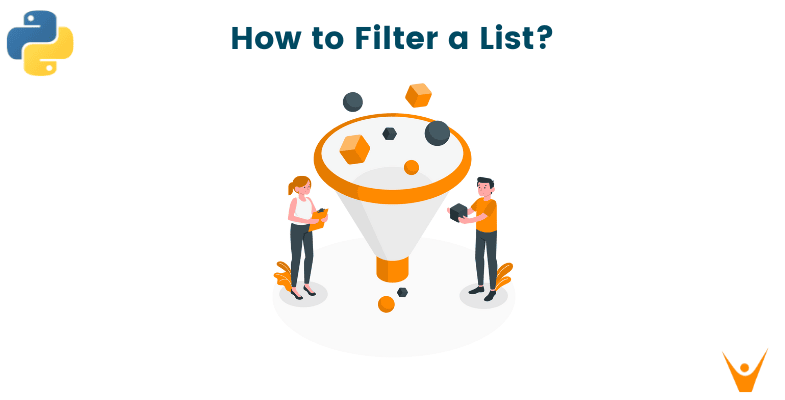






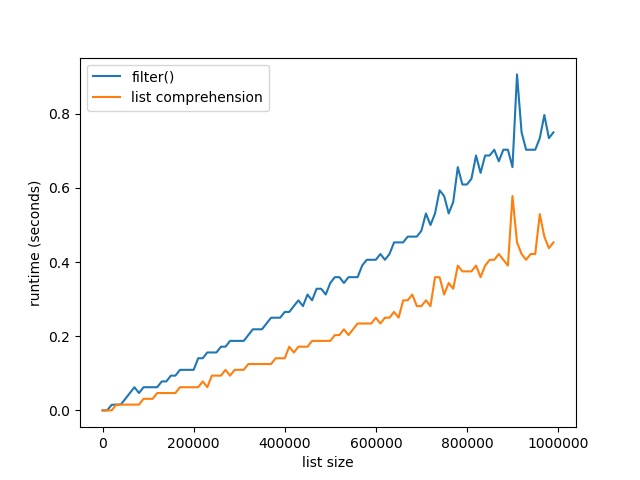


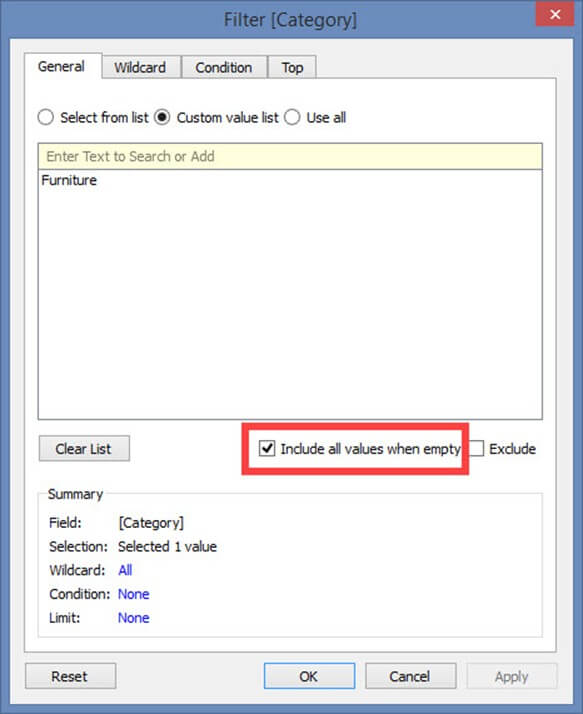




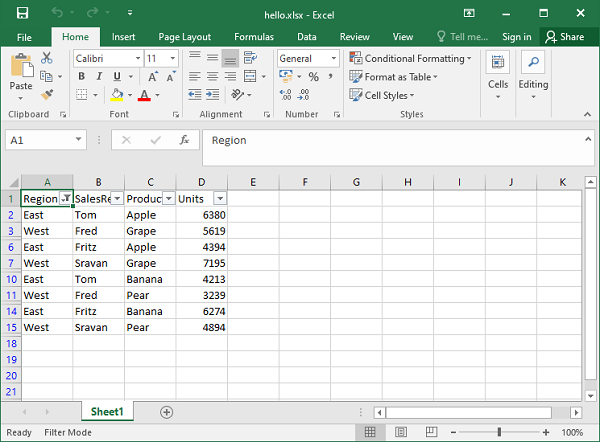
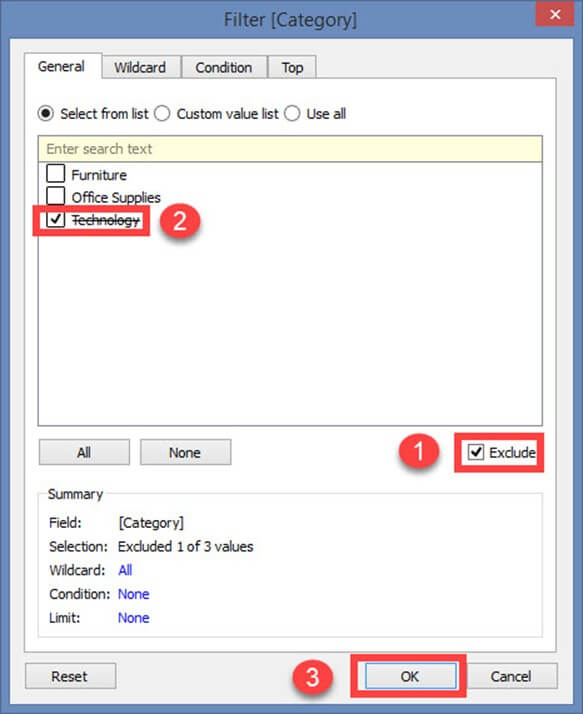
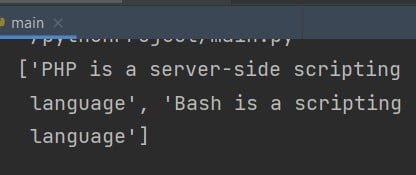

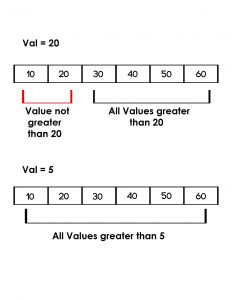
![Filter in Python: An Introduction to Filter() Function [with Examples] Filter In Python: An Introduction To Filter() Function [With Examples]](https://www.simplilearn.com/ice9/free_resources_article_thumb/ExamplesofFilter_1.png)


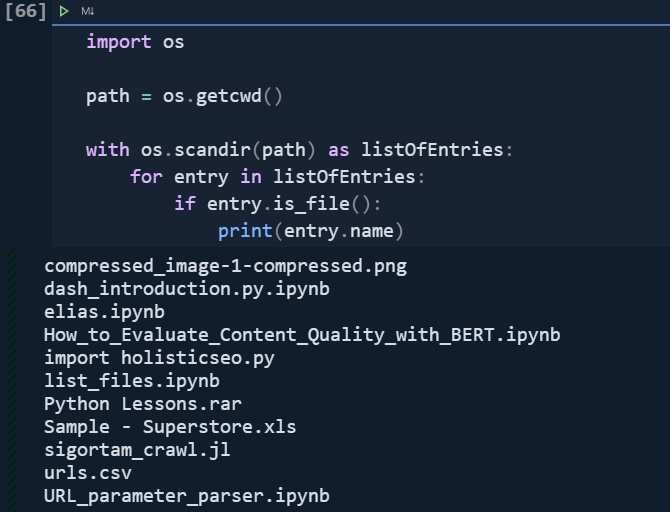


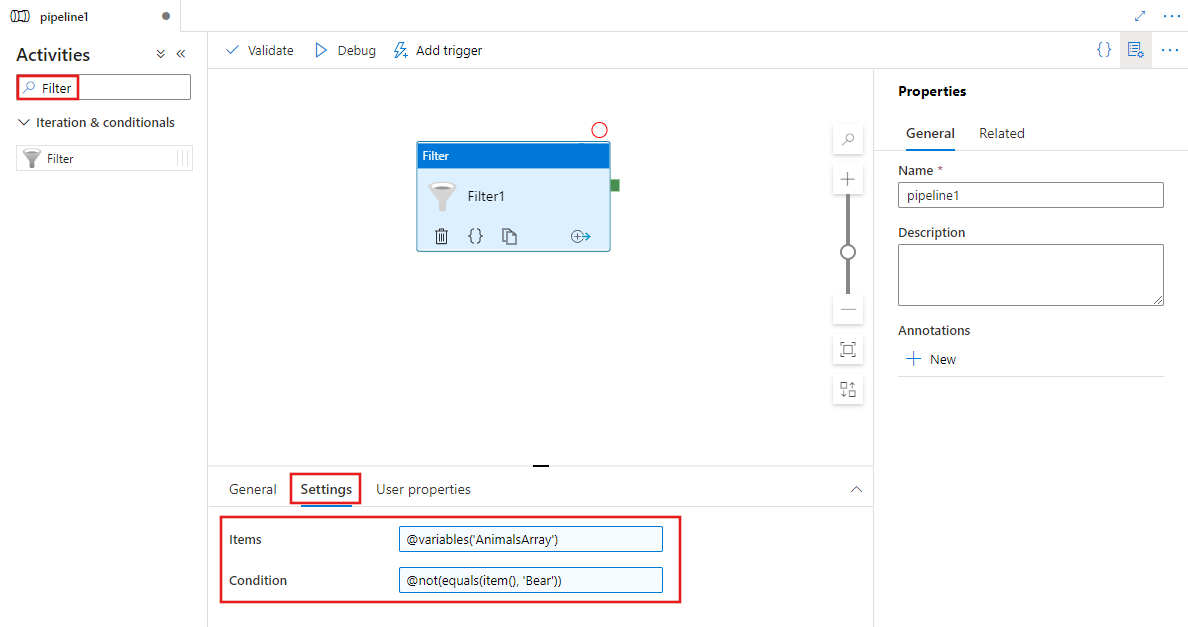

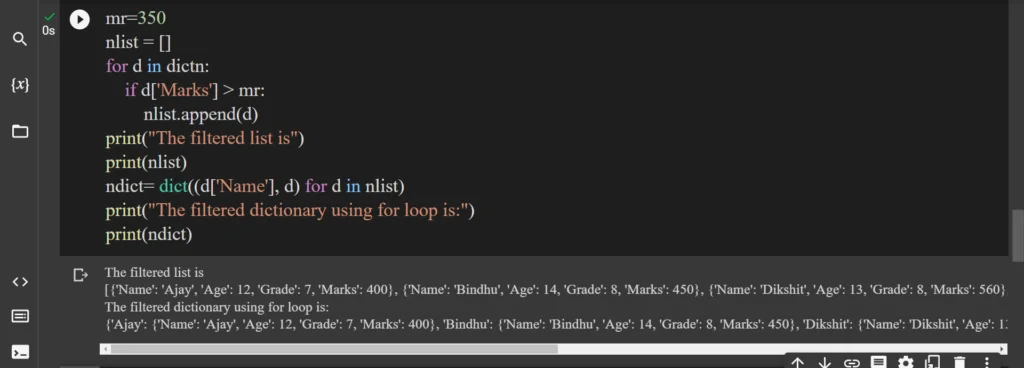
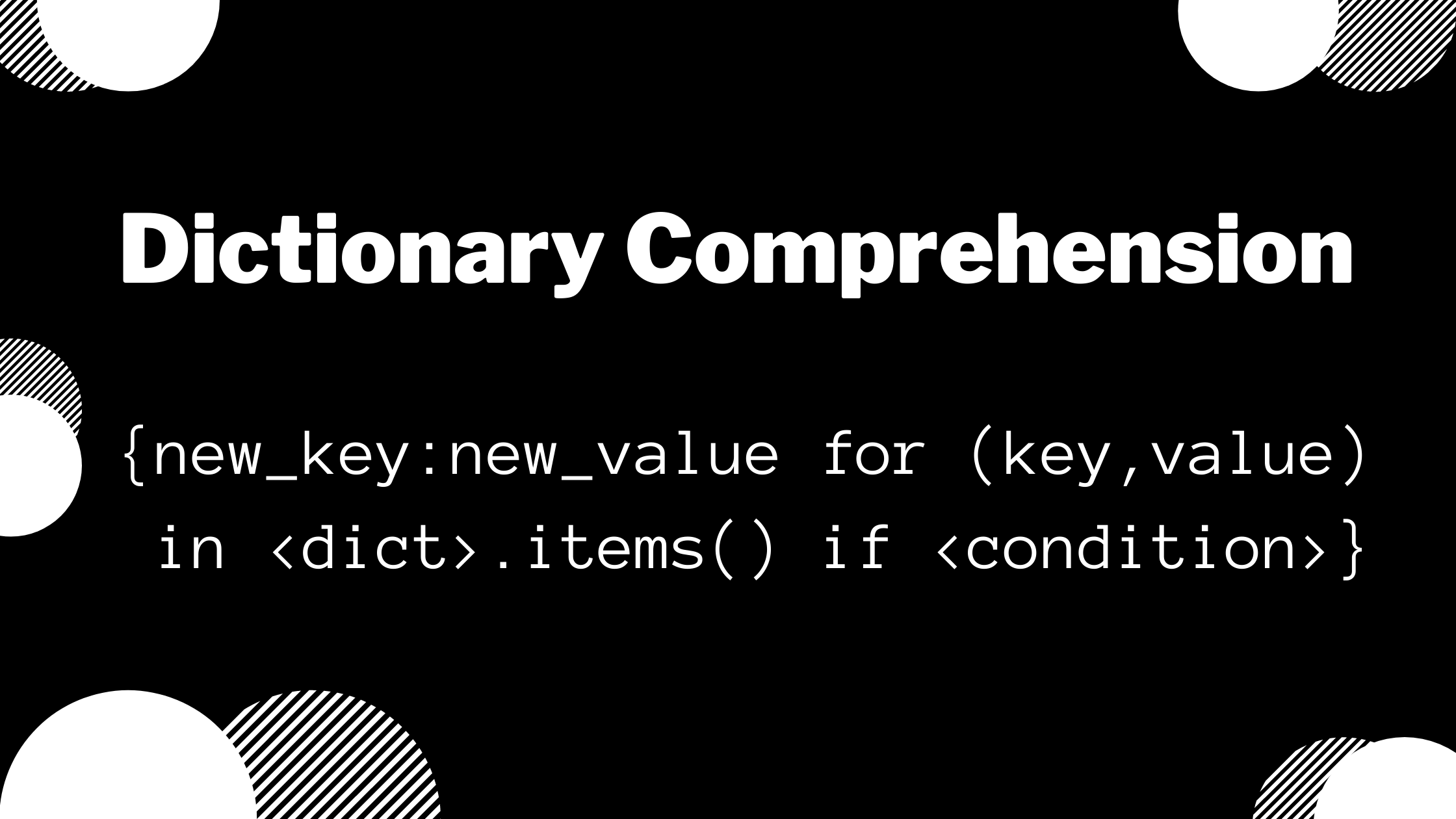
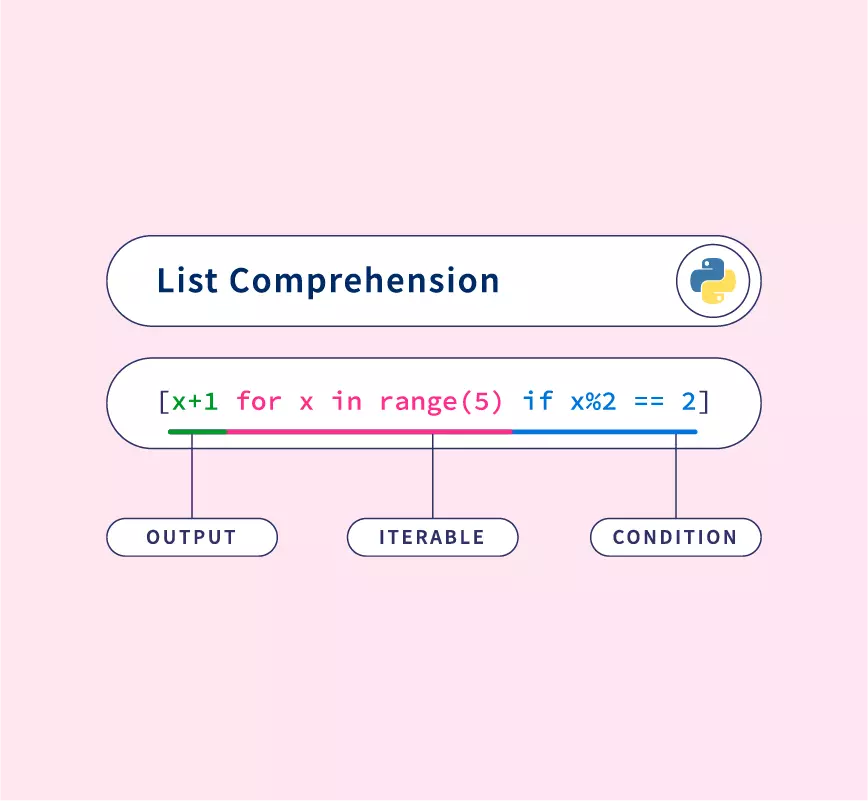
![Filter in Python: An Introduction to Filter() Function [with Examples] Filter In Python: An Introduction To Filter() Function [With Examples]](https://www.simplilearn.com/ice9/free_resources_article_thumb/filter_in_python.jpg)


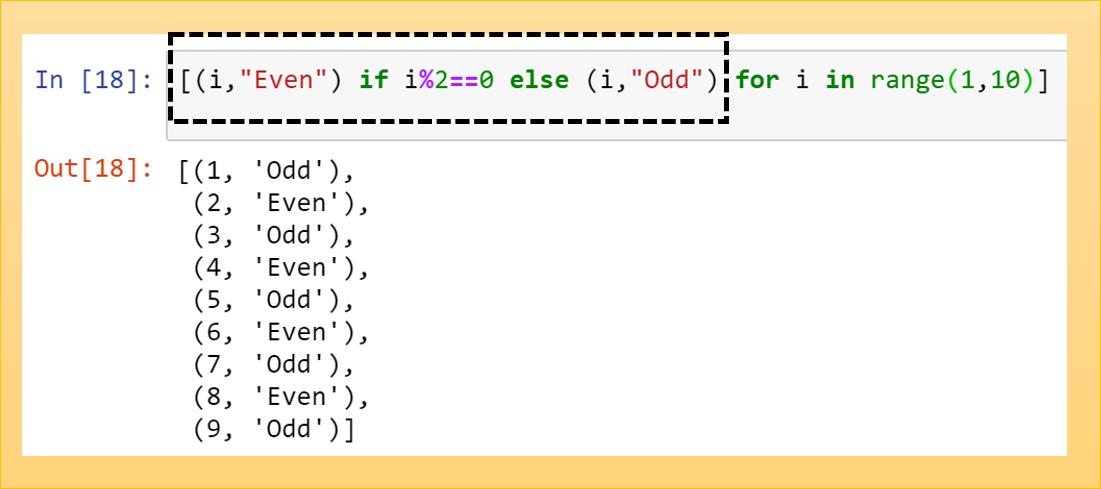
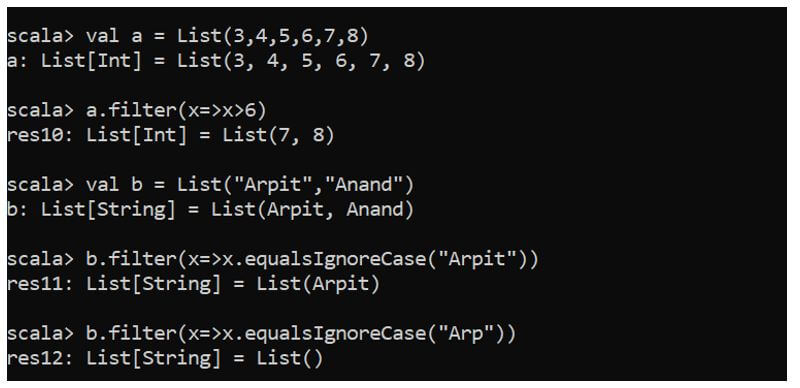



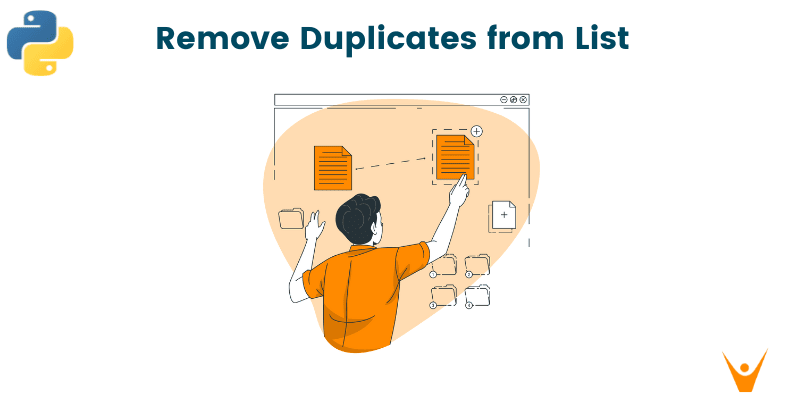

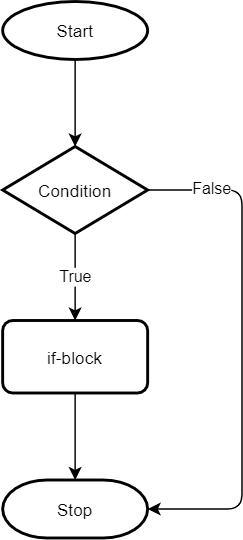
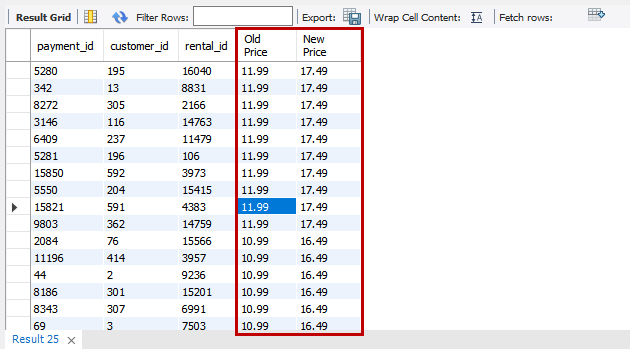
![Filter in Python: An Introduction to Filter() Function [with Examples] Filter In Python: An Introduction To Filter() Function [With Examples]](https://www.simplilearn.com/ice9/free_resources_article_thumb/ExamplesofFilter_3.png)
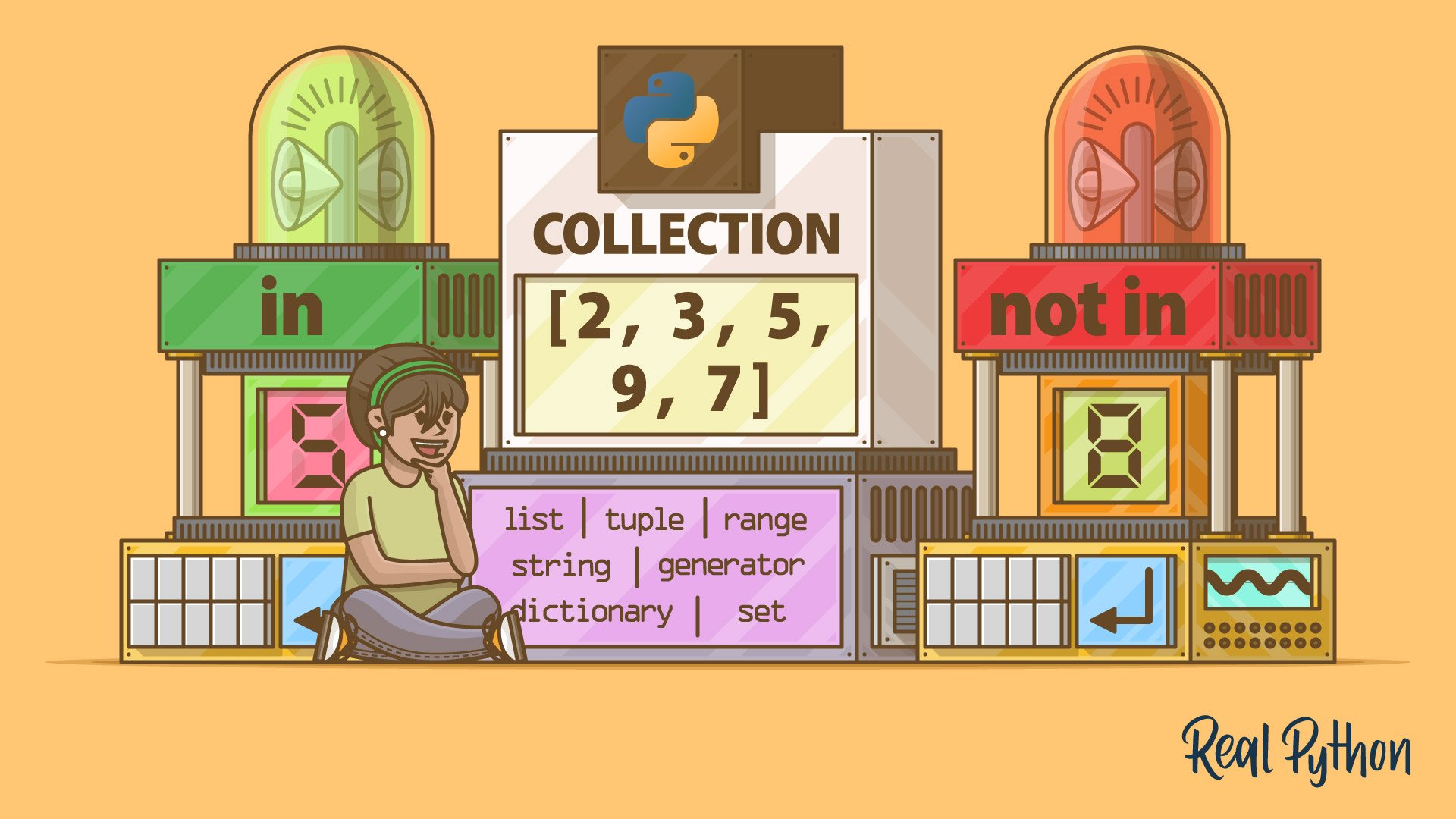
Article link: python list filter by condition.
Learn more about the topic python list filter by condition.
- How to Filter a List in Python? – Finxter
- Filter a list of tuples based on condition – python – Stack Overflow
- Filter Elements from Python List – Spark By {Examples}
- How to Filter a List in Python [in 3 SIMPLE Ways]
- 5 Ways of Filtering Python Lists – KDnuggets
- Python list contains: How to check if an item exists in list? – Flexiple
- Python | Check if all elements in list follow a condition – GeeksforGeeks
- 8 Best Methods To Use Python Filter List | Optymize
- How to Filter List Elements in Python By Practical Examples
- How to Filter a List in Python? 05 Best Methods (with Examples)
- Python | Filter a list based on the given list of strings
- Python filter list – ZetCode
See more: https://nhanvietluanvan.com/luat-hoc